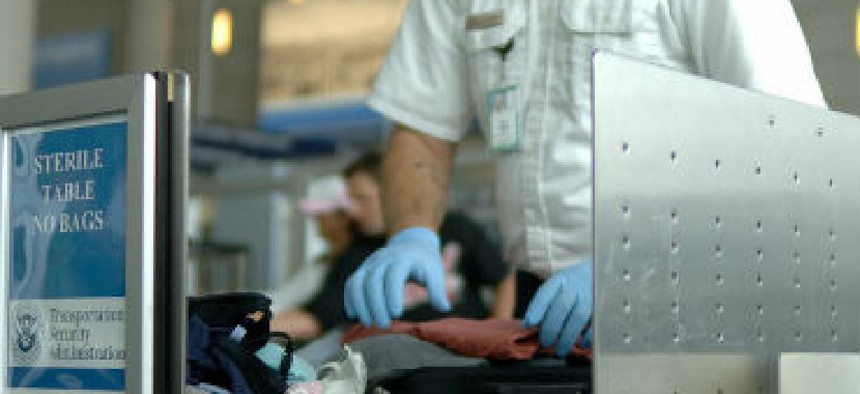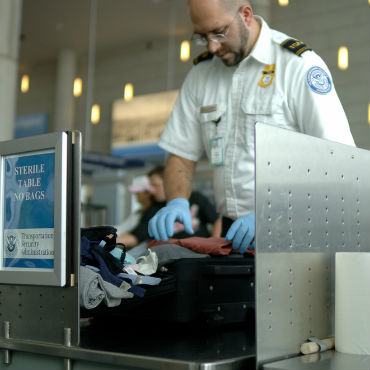Senators seek answers on TSA tech

Lawmakers quizzed the head of DHS' Science and Technology Directorate on the proposed $469.9 million R&D budget.

Lawmakers quizzed a senior Department of Homeland Security official on how the research and development budget request of nearly $500 million fits with the technological innovations at the agency, particularly when it comes to the Transportation Security Administration's scanners, screening equipment and underground sensors.
"Right now the challenge that we have is we want to make sure all of the issues that the inspector general earlier identified are addressed and still have reasonable convenience for the public to travel," Sen. John Hoeven (R-N.D.), chairman of the Senate Appropriations Committee's Homeland Security Subcommittee, told FCW.
DHS is requesting $469.9 million for R&D in fiscal 2017 out of a total $758.7 million for the Science and Technology Directorate.
Last year, a DHS inspector general investigation revealed that TSA security failed to detect fake explosives and weapons about 95 percent of the time as they passed through checkpoints and screeners.
Undersecretary for Science and Technology Reginald Brothers told the subcommittee on April 6 that he and TSA Administrator Peter Neffenger are looking for ways to improve the technological aspects of the security systems.
"We are...working on better scanning equipment," he said. "We are working on different types of screening technology."
Brothers stressed that balancing speed and security always comes with trade-offs. When probed by Sen. Jon Tester (D-Mont.) about the technology, Brothers said DHS officials are working closely with TSA to develop better algorithms, and from his standpoint, "we've got the best thing going on so far."
Most of the lawmakers' questions revolved around systems and applications that are already underway. For example, the agency is running field tests of a biometrics-based system for identifying and tracking visitors as they leave the United States. Brothers said DHS leaders are collaborating with Customs and Border Protection to see how the technology works at airports, and even though the system is in place, actual implementation dates have yet to be determined.
He also said the Tunnel Detection and Surveillance project is being tested, and certain work related to underground sensors has been completed.
Lawmakers appeared sympathetic to TSA's need to continually adapt to potential adversaries. "This is a process that is ongoing," Hoeven said. "Every time TSA does something, or CBP or anyone else, the adversaries try to do something else, and that’s why this has to be an ongoing process."


